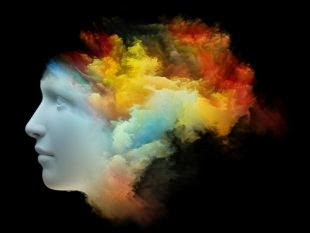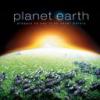| Online: | |
| Visits: | |
| Stories: |
5 Mind-Blowing Lessons from Psychedelics Experts
By April M. Short
alternet
A recent online course unraveled psychedelic science, medicine, art and spirituality.
The problem with banning anything out of a fear of the unknown is that many unknowns will remain. Such is the story of many psychedelic drugs in the U.S. While the government has experimented with various psychedelic compounds (take the CIA's secret attempts at LSD mind-control between 1953 to 1964) over the years prohibition has become the name of the game.
In response to a cultural upheaval beginning in the 1960s that saw more and more people independently experimenting with mind-altering drugs, the U.S. government has cracked down on every psychedelic it can muster, often without first exploring their potential medical uses. The U.S. Department of Justice has demonized psychedelics, listing many of them (including LSD, psilocybin mushrooms and MDMA) as felony-status, schedule I substances with “high potential for abuse” and no medical value.
 |
| Photo Credit: agsandrew / Shutterstock.com |
The reality the government, and Western world at large, has failed to acknowledge is that psychedelic drugs aren’t just something free-spirited hippies eat to feel trippy and dance naked (not that there’s anything wrong with that). Humans have used psychedelics since before we were painting on cave walls, not just for fun but for healing. Psychoactive mushrooms have been part of human healing practices since before recorded history, and ayahuasca—the brew of various psychoactive plant decoctions that is increasingly popular in the West—remains a medicinal staple for the people of Amazonian Peru. More recently, the psychedelic chemical compounds MDMA and LSD were both originally developed to help treat psychiatric patients.
Read more »
Source: http://www.riseearth.com/2014/07/5-mind-blowing-lessons-from.html




